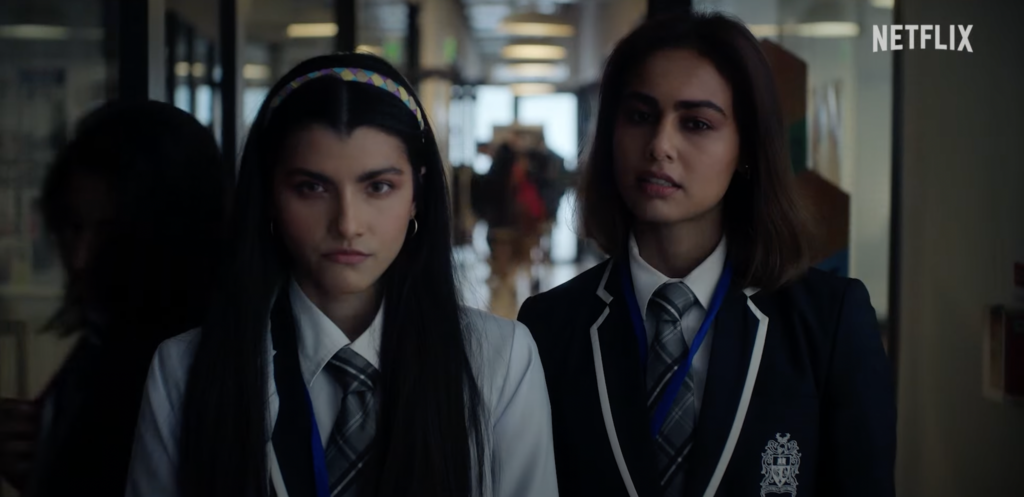If you can get past the first 15-20 minutes of cringe stereotypes and cliched characters in the new Netflix series called Class, then good luck!
As you may already know, Class is an Indian adaptation of the Spanish show called Elite, which is about an “elite” high school exploring the relationships of students from different background and the drama and harsh realities that come with it.
This article is not a comparison of the original series and not even an objective review of the show; This is more of an opinion on the various elements in the series.
Like Elite, Class revolves around students at a fancy high-class school in Delhi and the relationships between three working-class students who are given the equal opportunity to enrol with some wealthy classmates.
It’s a bunch of teenyboppers being spoilt brats, indulging in sex, drugs, tantrums, bullying, and … yeah, that’s pretty much it.
It’s Student of the Year meets Big Little Lies… and 13 Reasons Why – You might feel a lot of déjà vu.
The girls wear too much make up in high school and have perfect hair, and teenage boys walk around the corridors with chiselled bodies wearing Rolex watches and Armani shoes.
I get it, this probably the easiest way to show wealthy snobs in school.
But can someone explain to me how on earth is a student blatantly bribing a teacher and being snarky without any repercussions? Which school allows that?

What follows in the next few episodes is a flash-forward plot interrogating suspects of a murder mystery, taking place in two timelines.
An element that I’ve noticed a lot of makers use these days is a set template for their characters and stories. It’s almost like a checklist.
A scheming, conniving character. A highly sexual character. A same gender relationship. Substance abuse and violence. Wealthy and frivolous parents of troubled kids…
It’s becoming exhaustingly unoriginal.

Few days ago, I watched Vasan Bala’s documentary called Cinema Marte Dum Tak, where there was an interesting point raised about how the evolution of particularly for the digital medium. An old time Film Distributor, Hyder Gola said something very apt about the perception of presenting “bold” content.
He said that if big directors make the same “adult-rated” content, they will be praised by the audience for giving their stories “an amazing sexual effect”.
Class is streaming on a reputed platform like Netflix so it’s safe to assume that necessary guidelines and appropriate ratings are checked for the “mature” audience.
But it’s still mainstream and easily accessible.
Not that I’m not comparing this series to an adult film or a B/C grade content. I just don’t agree with the hyper-sexualized content across the board passing off as creative cinema, especially showing teenagers or characters of impressionable age in such scenarios.
At some level, it’s understandable to take creative liberties with art and take risks, but don’t forget that art can also be perceived as a representation of reality.
I find it hard to believe that the urban Gen Z’s of Delhi or India, in general, are so notoriously ignorant, insensitive and hostile towards anyone from a different section of society. Or is this what we’re supposed to believe happens in the top ranked schools in urban cities?

However, not all is bad.
There are some refreshing aspects of Class that are worth acknowledging and appreciating.
One is its attempt to bring the prevalence of the caste system into focus and show the unfortunate and very real class-divide in society. Not enough is done in mainstream cinema to shed light on the issue.
And the other is a superlative cast.
99% of the actors are new and everyone is committed to their roles. At no point can you fault their commitment to the characters and the finesse with which all the “students” have acted.
I just hope they don’t get type casted in such characters because they’re all very promising. Honestly, the only reason I watched the complete season.
Popcorn Rating – 
 [2/5]
[2/5]
Overall, Class just didn’t sit right with me.